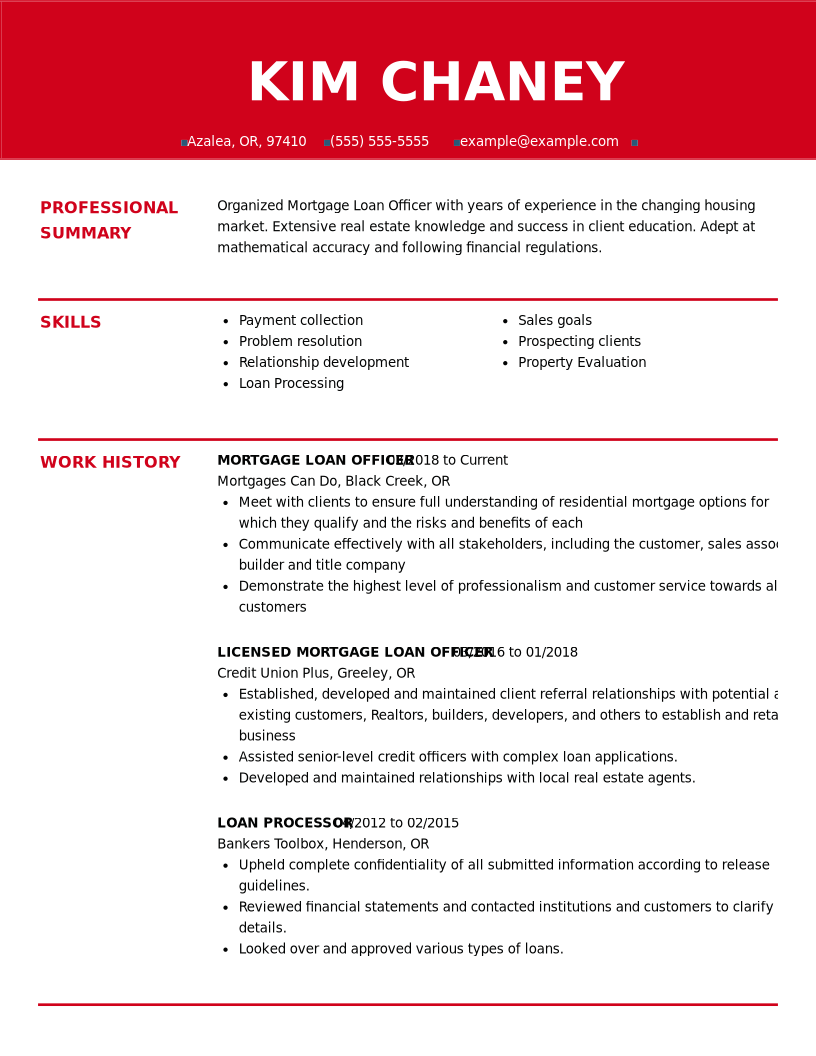Table of Content
One point typically costs 1% of your loan amount and lowers your mortgage interest rate by about 0.25%. For example, on a $100,000 loan, one point would cost $1,000. Mortgage points also don’t have to be round numbers — they can also be fractions of a point. Yes, but the Discount Points you buy will only apply to the initial fixed rate period which can be 5-10 years so it’s extra important to pay attention to your break-even point. To calculate the break-even point you have to divide the amount you paid for the points by the amount you would save on your monthly payment.
To do this, just divide the cost of the mortgage point ($2,400) by the amount you’d be saving per month ($36). You can use ourmortgage calculatorto figure the difference between the interest amount with the original rate (4.5%) and the interest amount with the reduced rate (4.25%) over the full lifespan of the loan. In theory—but not necessarily in practice—both discount points and origination points are negotiable. Applying for mortgages from multiple lenders might give you more power to negotiate.
The Bankrate promise
This slightly lowers your monthly payment from $1,562 to $1,526—which is $36 less a month on a fixed-rate conventional mortgage. To buy mortgage points, you pay your lender a one-time fee as part of your closing costs. To determine if it's a good idea to pay for points, compare your cost in points with the amount you'll save with a lower interest rate and see how long it will take you to make your money back. If you can afford to pay for points, then the decision more or less boils down to whether you will keep the mortgage past the time when you break even. The break-even point varies, depending on your loan size, interest rate, and term.

Most lenders provide the opportunity to purchase anywhere from a fraction of a point to three discount points. Whether you find a rate on a mortgage lender’s website or through a third party, the mortgage rates you see advertised might or might not include points. One rate might even seem attractively low, but that could be due to points already factored in that you might not want to pay. On Bankrate, we specify whether advertised mortgage rates include points so you can make a fair comparison between lenders.
Monthly Payment
And from applying for a loan to managing your mortgage, Chase MyHome has everything you need. If you’ve already bought mortgage points, check with atax advisorto make sure you qualify to receive those tax benefits. If you buy mortgage points on an ARM loan, lenders might only provide a discount on the interest rate during the initial fixed-rate period. In other words, in 67 months, you’d have saved over $2,400 in interest—the same amount you paid for the mortgage point. After reaching the break-even point, you’ll pocket that $36 each month, which will be the money you save on interest because of the mortgage point you bought. Even after careful shopping, many people have difficulty comparing loan terms and deciding whether to pay points for a lower interest rate.

That might sound all sunshine and roses at first, but get this—it’s going down because you’reprepayingthe interest. In reality, you’re just paying part of it at the beginning instead of paying it over the life of the loan. Borrowers are typically able to buy from zero to four discount points. But the money you pay for points, like the $3,000 paid in the above example, might be better used or invested somewhere else.
Personal loans & lines
Discount points are tax deductible; Origination Points are fees, so they are not. On average, 1 mortgage point is worth a 0.25% reduction in your mortgage interest rate, but this reduction in interest rate can vary depending on your lender, offers, incentives, or individual circumstance. The break-even point is important as it helps you find the point in time when you will start to see the actual savings on your loan from your purchase of mortgage points. However, if you opt for the 1.75-point discount, you end up paying $375,586 over the life of the loan.
You will need to keep the house for 72 months, or six years, to break even on the point purchase. Because a 30-year loan lasts 360 months, purchasing points is a wise move in this instance if you plan to live in your new home for a long time. If, on the other hand, you plan to stay for only a few years, you may wish to purchase fewer points or none at all. There are numerous calculators available on the Internet to assist you in determining the appropriate amount of discount points to purchase based on the length of time you plan to own the home.
A loan with a one-percent lender credit at one lender may or may not have a higher interest rate than the same kind of loan with no lender credits at a different lender. Each lender has their own pricing structure, and some lenders may be more or less expensive overall than other lenders – regardless of whether or not you’re receiving lender credits. Explore current interest rates or learn more about how to shop for a mortgage. Do some math to figure out when the upfront cost of the points will be eclipsed by the lower mortgage payments. If the timing is right and you know you won’t move or refinance before you hit the breakeven point, you should consider buying points. For example, let’s say you take out a $200, year fixed-rate mortgage at 5.125%.
It also might not make sense to do this if you plan on refinancing your mortgage soon after buying since refinancing essentially replaces your current interest rate. Discount points are fees on a mortgage paid up front to the lender, in return for a reduced interest rate over the life of the loan. Seller-paid points are a form of discount offered on real estate paid by a property's seller that lowers the cost of a home purchase for a buyer. On a $300,000 home loan, for example, one point is equal to $3,000. Both types of points are included under closing costs in the official loan estimate and closing disclosure that come from the lender.
Paying points can cost thousands of dollars, and it’s not always easy to come up with that money in addition to a down payment. There appears to be little respite on the horizon for the rental market. Tenants tend to bear the brunt of the trickle-down effect of rising mortgage rates, with housing rents hitting record highs this year.
Borrowers also gain benefits from discount points—the main one being lower payments over the life of your loan. Basically, you are paying some interest in advance—at the onset of your mortgage—in exchange for a decreased interest rate down the road. However, this benefit applies only if you plan to hold onto the mortgage long enough to save money from the smaller interest payments. A type of mortgage points, discount points are a one-time, up-front mortgage closing cost that gives the borrower access to a discounted interest rate for the lifetime of the loan. Each discount point generally costs 1% of the total loan amount, and each point lowers the loan’s interest rate by one-eighth to one-quarter of a percent. The amount you'll need to close your loan includes your down payment, closing costs, and prepaid escrow amounts for property taxes and insurance.
If you obtain home financing, you’ll repay more than the amount you borrowed because the amount you repay is determined by several factors, including the interest and loan amount. A mortgage is a long-term commitment, so we treat it like one. We give you the tools and support you need to think strategically about one of your biggest financial assets. Visit our COVID-19 Resource Center for the latest updates and information on your mortgage payment options.

Lower interest rates are always great, but mortgage points might not be the right solution for every home buyer. Here are some things to consider when you’re determining whether to buy points. For those who happen to reside in a higher cost of living area and need to borrow more money to buy their homes, SoFi offers jumbo loans to fund as much as $3 million. Below, Select takes a closer look at what mortgage points are and how they can potentially save you some serious money over the life of your loan. Prior to the passage of the Tax Cuts and Jobs Act in 2017, which applies to tax years 2018 to 2025, origination points were not tax deductible, but discount points could be deducted on Schedule A. If you prefer that we do not use this information, you mayopt out of online behavioral advertising.
All of our content is authored by highly qualified professionals and edited by subject matter experts, who ensure everything we publish is objective, accurate and trustworthy. Your lender should clearly explain any options you have for buying points, compared to funding your loan without points. To avoid points, simply tell your lender that you want to pay for a loan with no points.
Buying mortgage loan points isn't the only way to get a low interest rate. Your credit will have a direct impact on the rate you'll get. In theory, the higher your credit scores, the less likely you'll default.
No comments:
Post a Comment